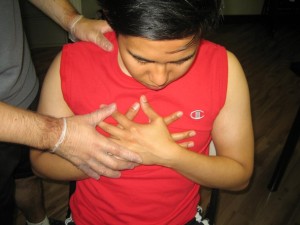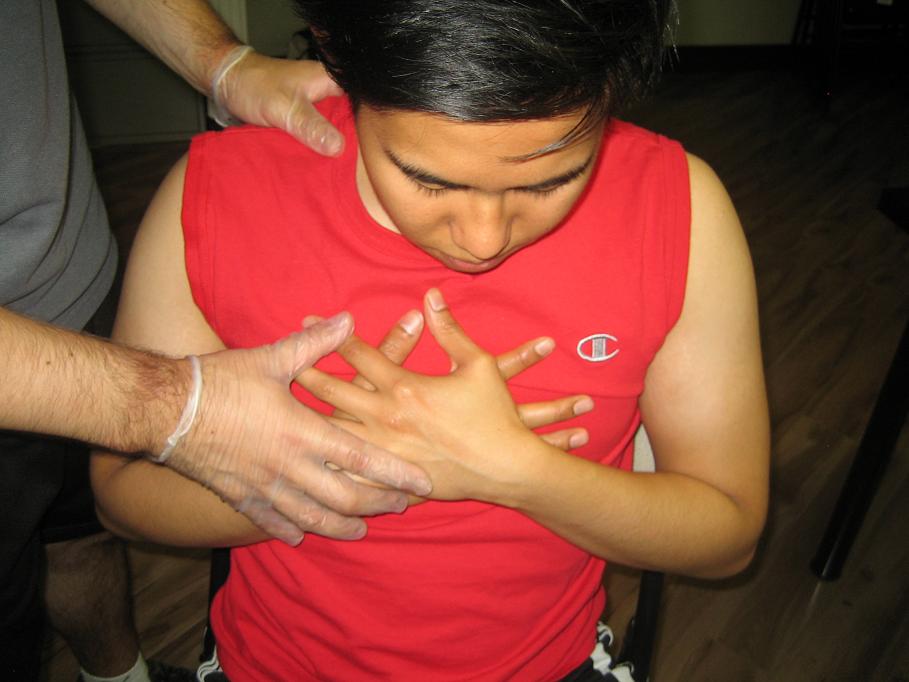Pericardial effusion involves excess accumulation of fluid amid the heart and the case that surrounds the heart or pericardium. Most cases are not harmful but can sometimes make the heart poorly function.
The pericardium is a durable and layered sac. As the heart beats, it readily slides within it. Essentially, 2-3 tablespoons of yellow, clear pericardial fluid are present in between the 2 layers of the sac. This fluid is responsible for allowing the heart to move easier inside the sac. If an individual has pericardial effusion, there is more fluid present.
What are the causes?
In most instances, pericarditis or inflammation of the sac results to effusion. As it becomes swollen, increased fluid is generated.
Certain forms of viral infections are the main causes of inflammation and the resulting pericardial effusion. These infections include HIV, cytomegalovirus, echoviruses and coxsackievirus.

Other conditions that can cause pericardium effusion include:
- Damage to the sac or heart during a medical procedure
- Cancer
- Heart attack
- Severe kidney failure
- Bacterial infections such as tuberculosis
- Autoimmune diseases
In most cases, there is no evident cause which is called idiopathic pericardial effusion.
Indications of pericardial effusion
Once the inflammation of the sac results to pericardial effusion, the indicative symptom is chest pain. This can worsen if the individual breathes deeply and settles when leaning forward.
Other symptoms that can manifest include:
- Fatigue
- Fever
- Shortness of breath
- Muscle aches
- Nausea, vomiting and diarrhea
If the sac is not inflamed, there are no symptoms.
In cases that involves significant and serious effusion or smaller ones that rapidly develop, they can trigger symptoms such as:
- Cool, clammy skin
- Palpitations
- Shortness of breath
- Lightheadedness or passing out
If these symptoms are present, it is considered as a medical emergency that can be life-threatening.
Management
The treatment usually depends on the cause and severity. The minor cases that do not have any symptoms and due to known cases do not require special treatment.
As for pericardial effusion brought about by swelling of the sac, the treatment is focused on the inflammation. In such cases, the individual can be given:
- Non-steroidal anti-inflammatory drugs (NSAIDs)
- Corticosteroids
- Colchicine
For a severe infection or heart impairment, the excess fluid should be drained right away. The drainage can be performed in 2 ways:
- Pericardiocentesis – a needle is inserted through the chest into the pericardial effusion and a catheter is placed into the fluid and suctioned out.
- Pericardiectomy – an incision in the chest is made and part of the pericardium is sliced off to drain the fluid and prevents it from recurring.
Disclaimer / More Information
The information posted on this page on pericardial effusion is for learning and educational purposes only. To learn to recognize heart conditions including pericardial effusion register for first aid training at one of our training centers located throughout Canada. The training centers are located in Edmonton, Calgary, Vancouver, Kelowna, Surrey, Winnipeg, Victoria, Toronto, Ottawa and Halifax.

